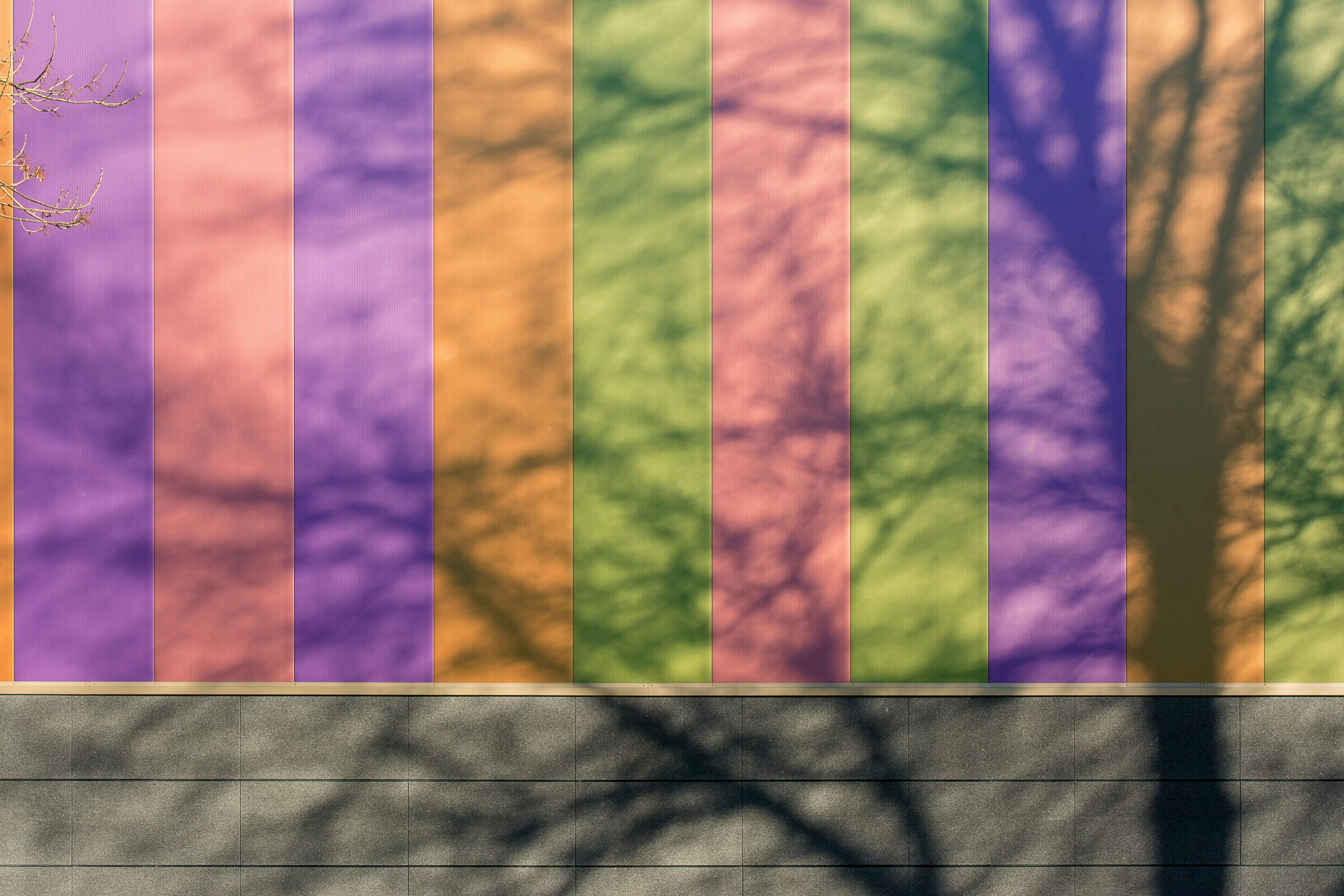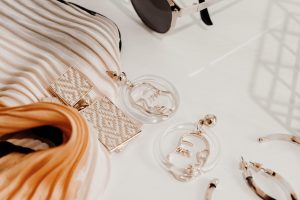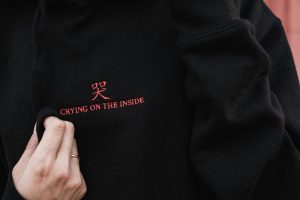Color Stories: Exploring the Art of Silhouettes
When it comes to creating powerful and memorable images, the use of color and form can make all the difference. We’ve all seen those stunning photographs with vivid hues and striking silhouettes that catch our eye and evoke strong emotions. But have you ever stopped to think about the artistry behind those images? In this article, we’ll take a deeper look at the world of silhouettes and why they are the perfect canvas for telling compelling color stories.
The Power of Silhouettes
Silhouettes are a type of photography or art that relies on strong contrasts between light and dark. The subject is often portrayed as a dark shape against a bright background, creating a powerful and striking image. This technique has been used for centuries, with ancient civilizations creating shadow puppetry and profile portraits using the same concept. But it wasn’t until the 19th century, with the invention of photography, that silhouettes truly took off as an art form.
Today, silhouettes are a popular choice among photographers, artists, and designers. They offer a unique way to capture emotion, mood, and storytelling in a single image. And when it comes to color, silhouettes are the perfect canvas for creating impactful color stories. Let’s explore the different ways color can be used in silhouettes to tell a story.
Color Symbolism in Silhouettes
One of the most compelling aspects of silhouettes is their ability to convey emotions and messages without the need for detailed facial expressions or landscapes. The use of color in this technique adds another layer of depth to these already powerful images.
Black and White
Perhaps the most common color palette used in silhouettes is black and white. This classic combination effectively captures mood and drama in a single frame. Black is often associated with darkness, grief, and mystery, while white represents light, purity, and hope. Together, these two colors create an emotional tension that allows the viewer to interpret the image in their own way.
For example, a silhouette of a lone figure against a black background can evoke feelings of loneliness and isolation. But the same silhouette against a white background can depict hope and strength in the face of adversity. It’s all in the way the colors are used and the story they tell.
Monochromatic
Monochromatic silhouettes use different shades of a single color to create contrast and depth. This allows the artist to play with different tones and hues, creating a more nuanced and sophisticated color story. Depending on the shade and tone chosen, monochromatic silhouettes can evoke different emotions and moods. For example, a bright and vibrant red silhouette against a dark purple background can symbolize passion and power, while a soft pink silhouette against a white background can represent innocence and purity.
Complementary Colors
Complementary colors are those that are opposite each other on the color wheel, such as blue and orange, or green and red. Using these colors in silhouettes can create a bold and striking effect. Because of their high contrast, complementary colors can evoke strong emotions and catch the viewer’s attention. This can be particularly effective in telling a story or conveying a message, as the colors themselves become part of the narrative.
Final Thoughts
The art of silhouettes is a powerful and versatile medium for telling stories and evoking emotions. The use of color in silhouettes adds another layer of depth and symbolism, allowing artists to create unique and impactful images. Whether using black and white, monochromatic, or complementary colors, the possibilities are endless when it comes to exploring color stories through silhouettes.
So next time you come across a stunning silhouette, take a moment to appreciate not just the form and composition, but also the powerful color story being told. And who knows, maybe you’ll be inspired to create your own color-filled silhouette masterpiece.











